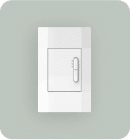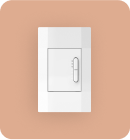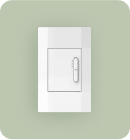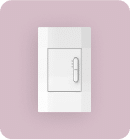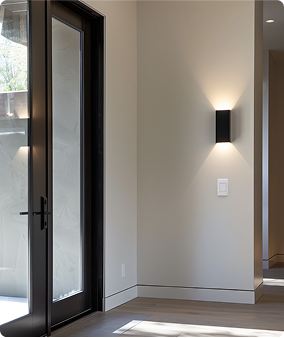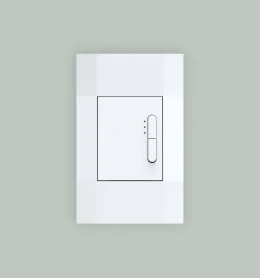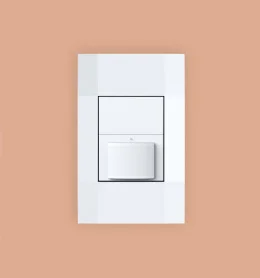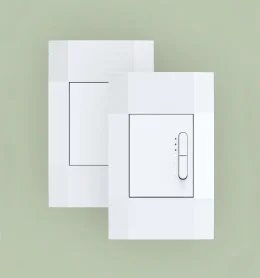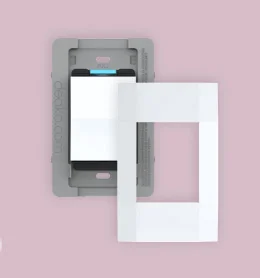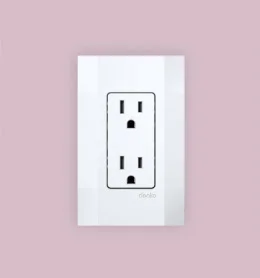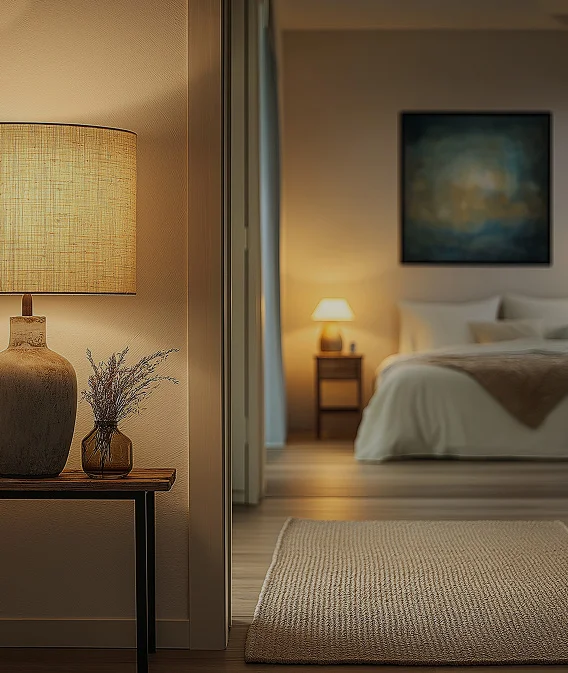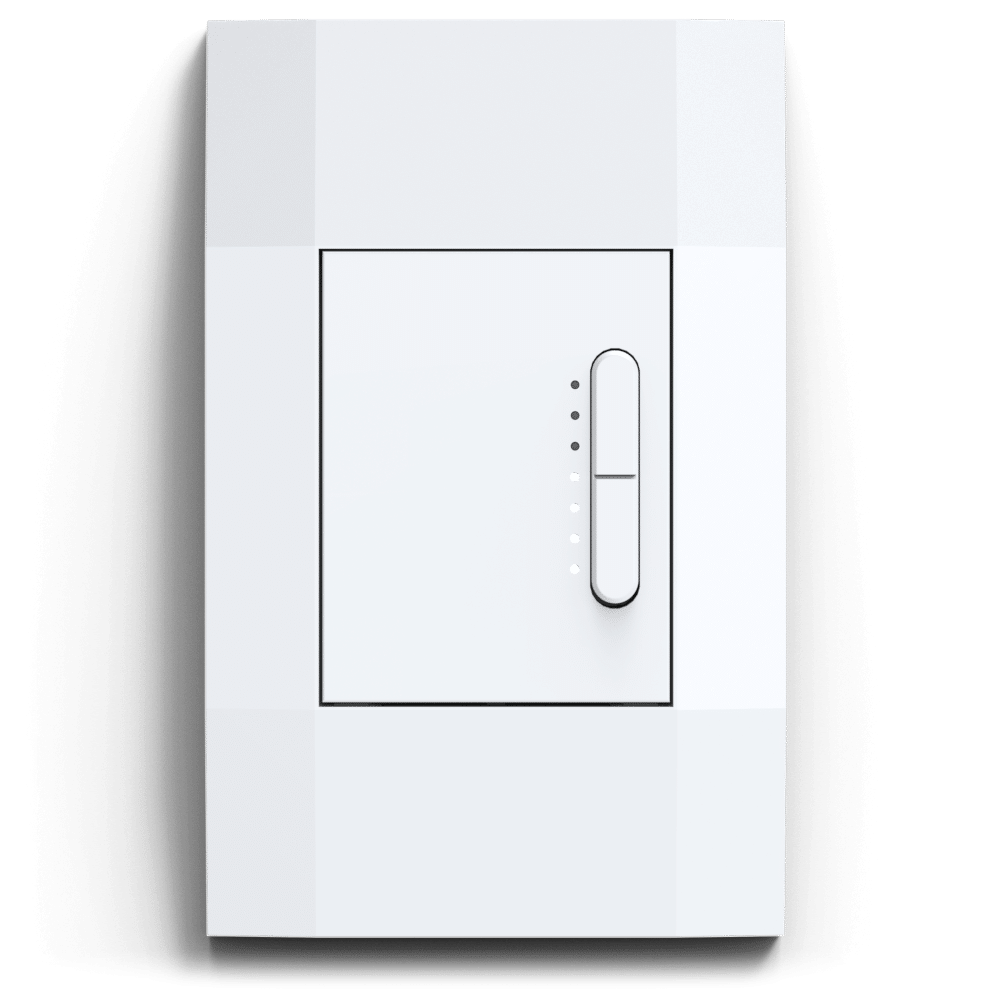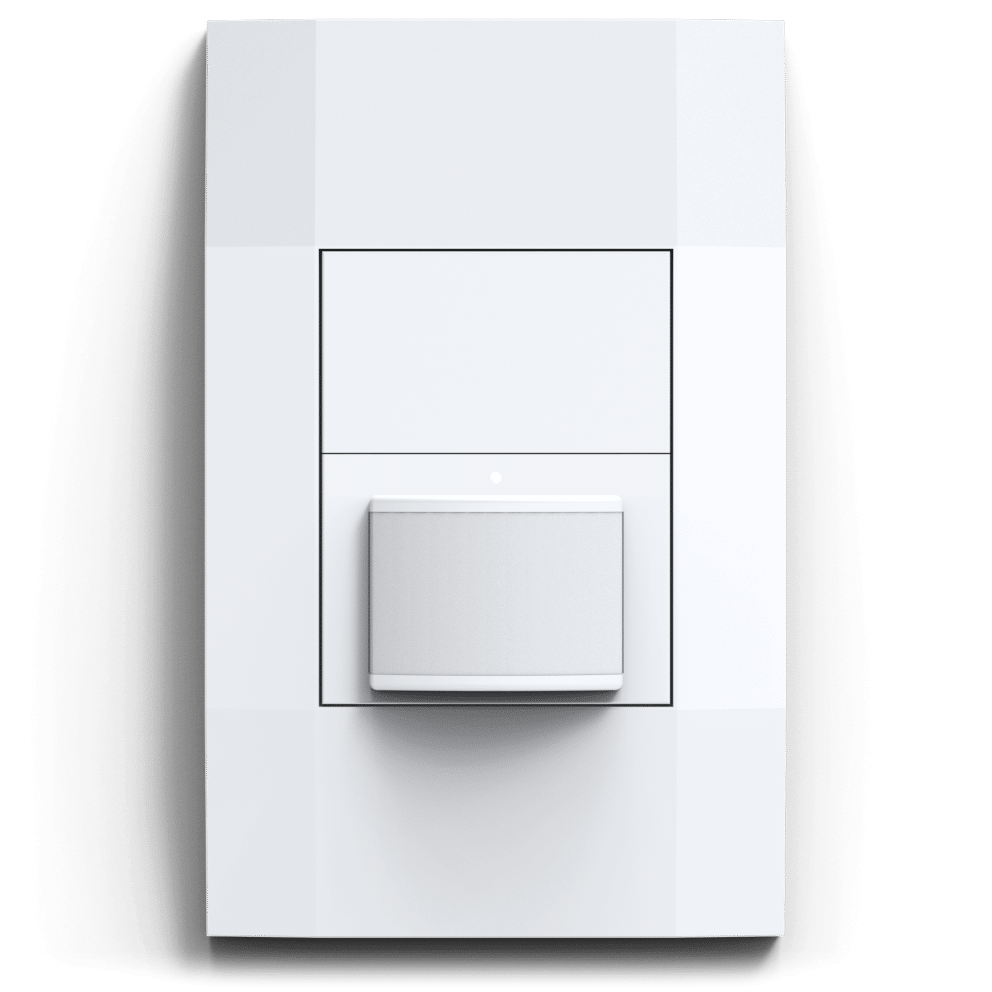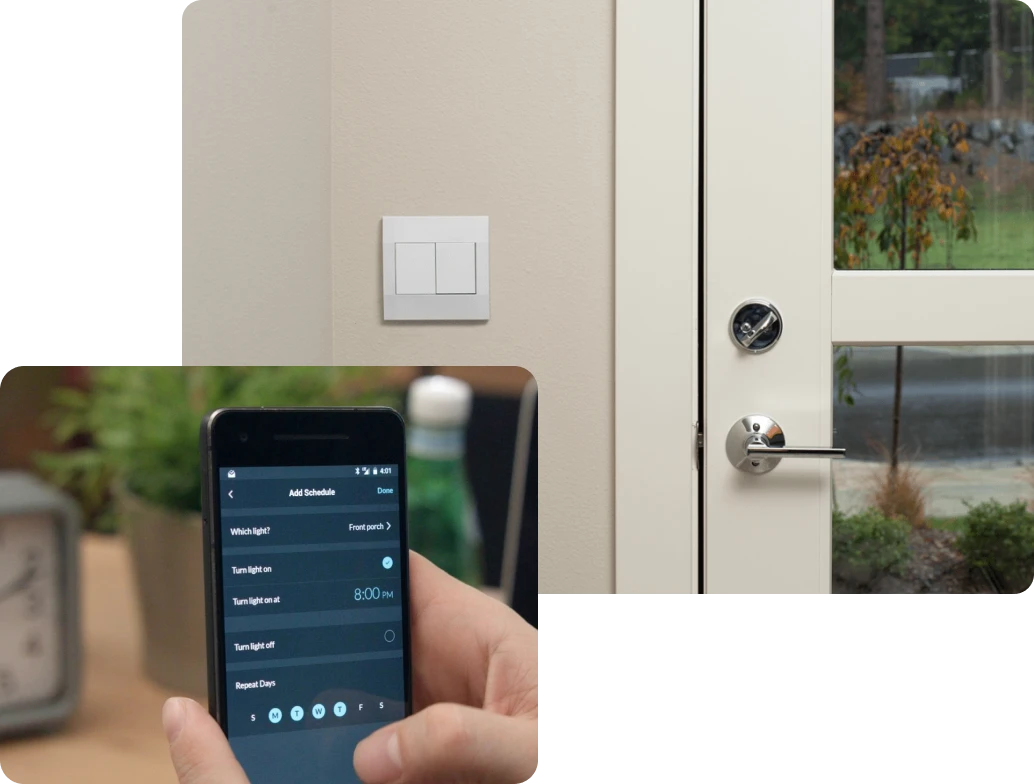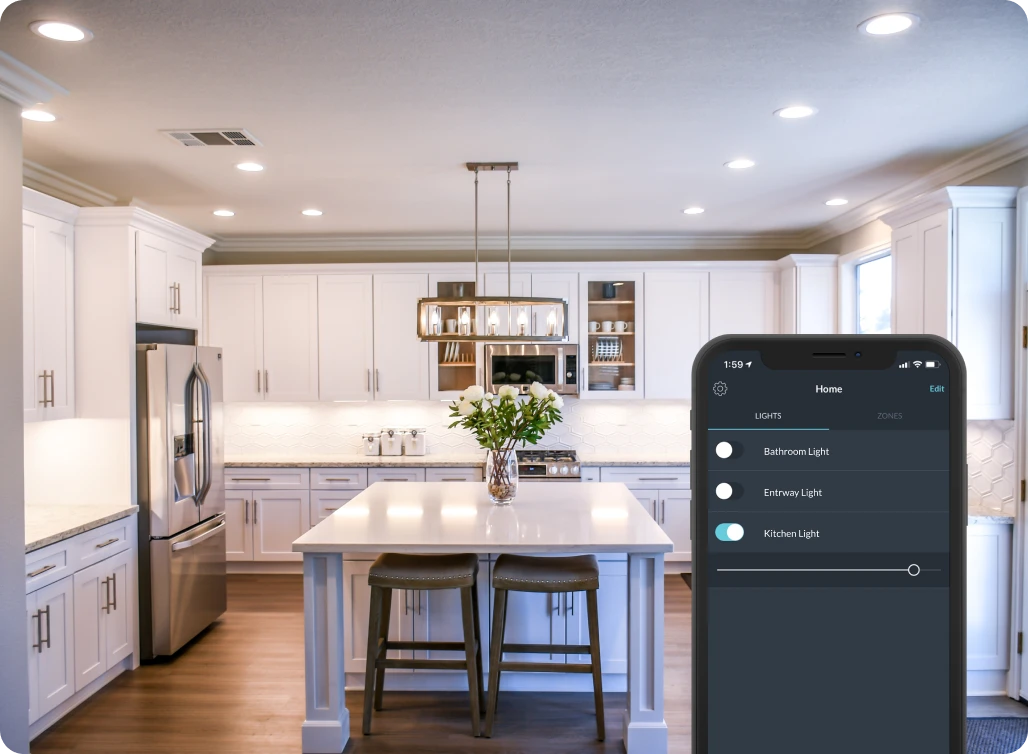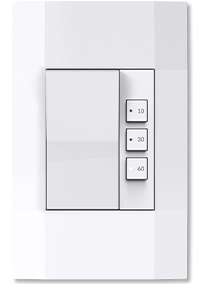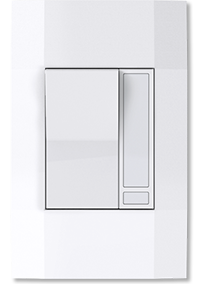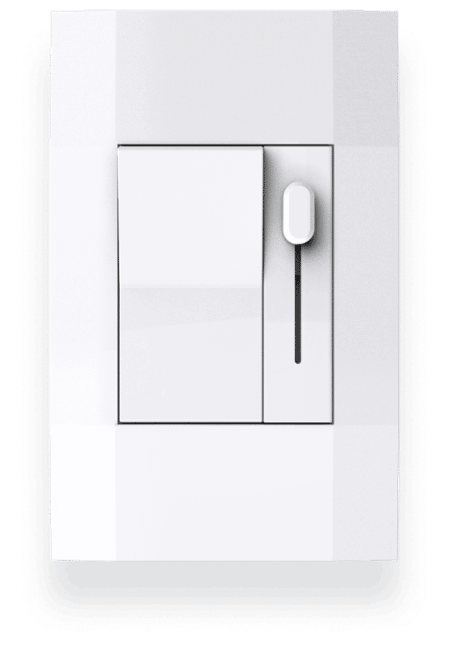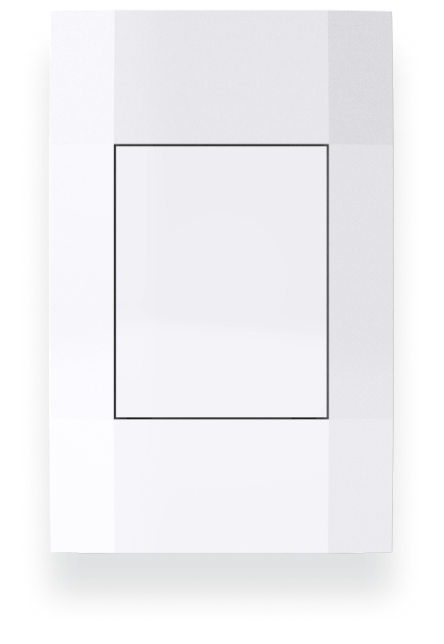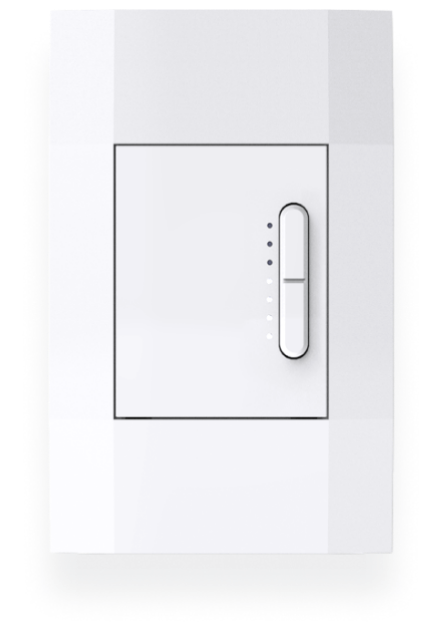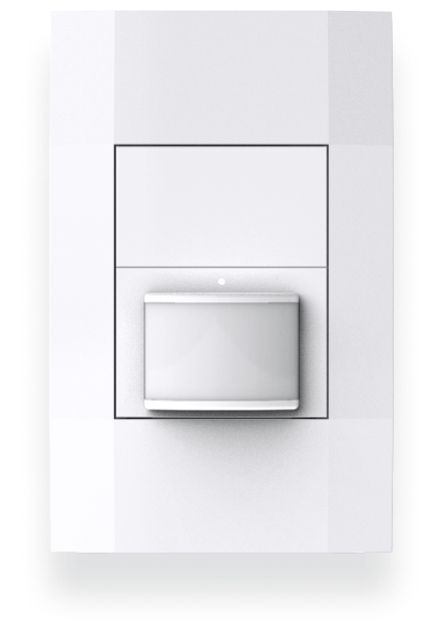This is a very important question! Knowing if you need a single-pole or multiway switch is crucial to buying the correct switches for your setup. Luckily, understanding it is as easy as understanding the concept of a beginning, a middle and an end. Let us explain!
A single-pole switch is a single switch that solely controls one fixture or a group of fixtures. No additional switches control a fixture or group of fixtures in a single-pole circuit. The most common locations for single-pole switches are bedrooms. But, they can be in common spaces too.
Multiway switches are used when you have two or more switches that control one fixture or a group of fixtures. There are two types of multiway switches: three-way and four-way switches. Typical locations for these are hallways, stairwells or rooms with multiple entrances. These are typically areas in your home that have multiple entry points. Each entry point typically has one switch that controls the same fixture or group of fixtures. It’s designed this way so that when you enter or leave a space, you can turn the light(s) on or off without having to walk across the room.
Multiway circuits are wired in a specific order. This order is called a series. In a series there is a first switch, a last switch and the switches between the first and last switches. The order starts [explain how the first switch is decided. Is it from right to left? The switch closest to the front door?] This designation is what makes a switch a three-way or four-way switch.
The first and last switches in a series are always three-way switches. All of the switches between the first and last switches, the switches in the middle, are four-way switches.
For example, in a four switch multiway circuit, the first switch is a three-way switch, the second switch is a four-way switch, the third switch is a four-way switch and the fourth and last switch in the series is a three-way switch. A four switch multiway circuit is typical in long hallways that connect to multiple rooms. Properly ordering the switches in a series is crucial for the switch circuit to function properly.
There are some nuances when you’re dealing with Deako’s smart switches: the smart switch and the smart dimmer switch.
The smart switch is a chameleon switch. It can act as either a single-pole switch, three-way switch or a four-way switch. So, you can’t really mess it up. There is a press and hold process used with the smart switch called “linking” that will have the switches automatically become three-way or four-way switches when installed in a multiway circuit.
The Deako smart dimmer switch operates uniquely too. There are three different SKU’s that you can purchase. A single-pole smart dimmer for use only in a single-pole switch location, or a combination of a master smart dimmer switch and one or more remote smart dimmer switches. Any multiway circuit that you plan to install smart dimmers in will require one master smart dimmer switch and an additional remote smart dimmer switch. You can purchase these switches in bundles of two or three switches on our website. If you need more than three switches you can add up to eight remote smart dimmer switches as necessary.
